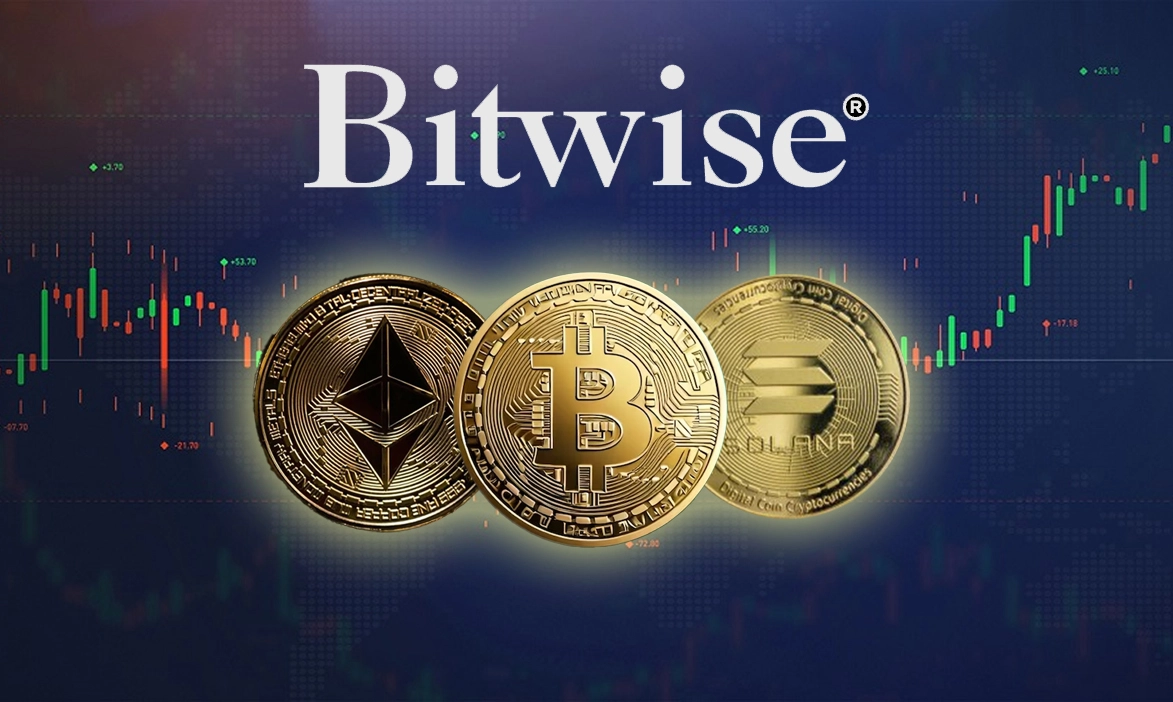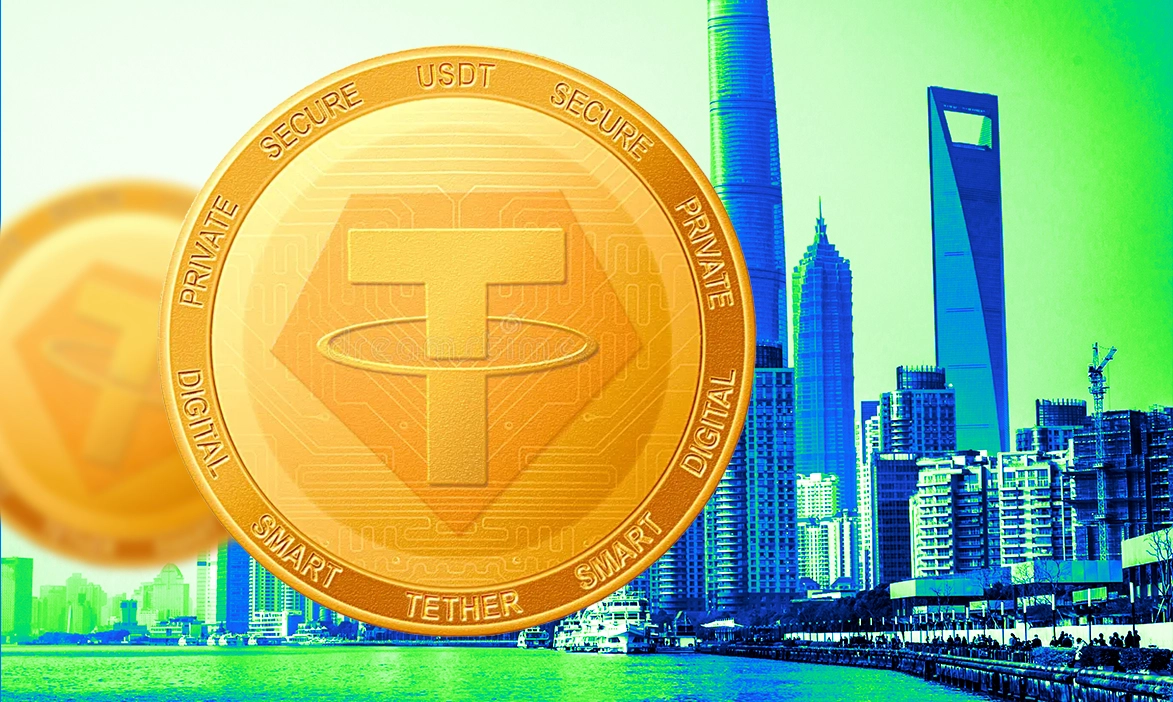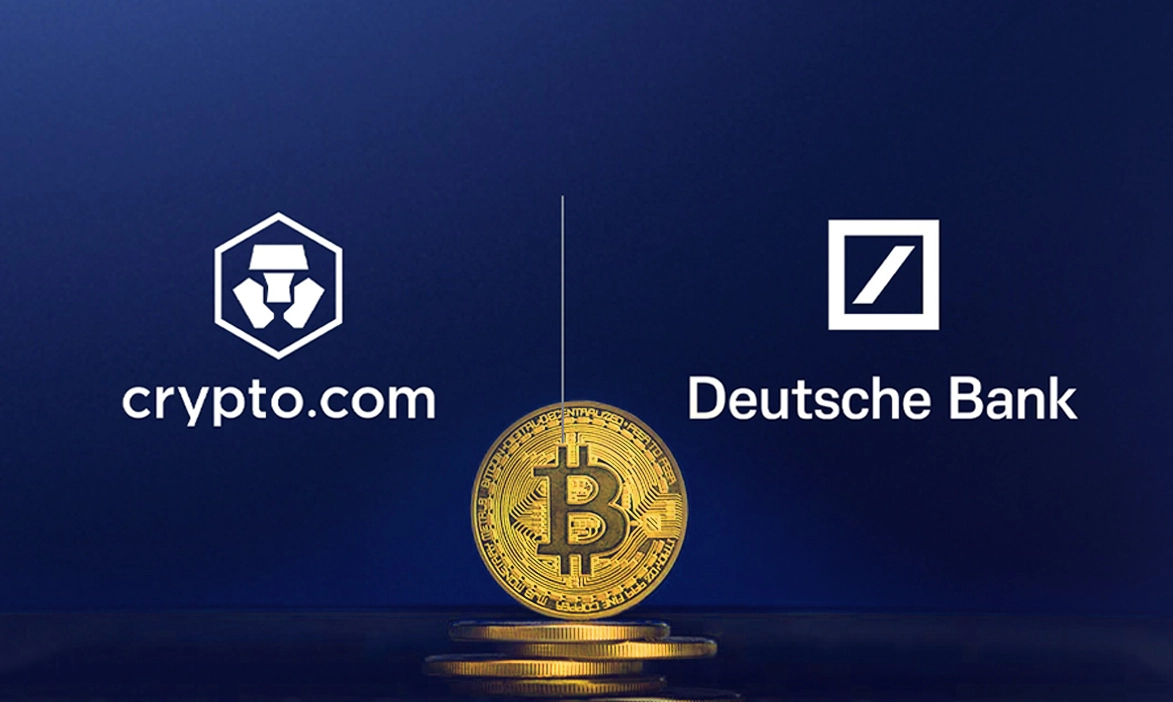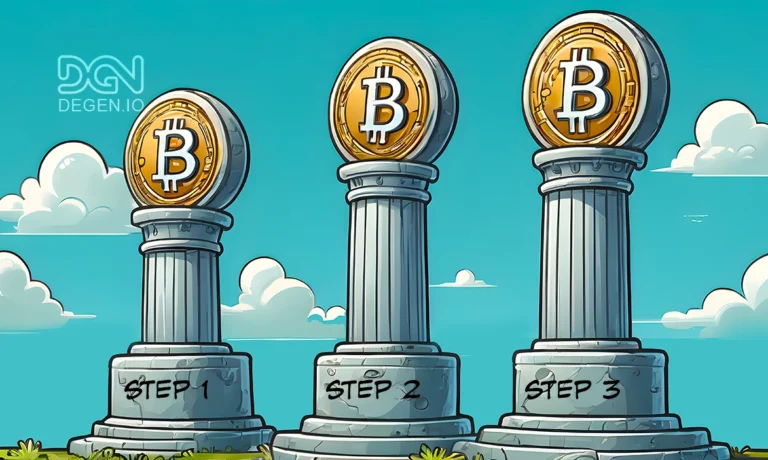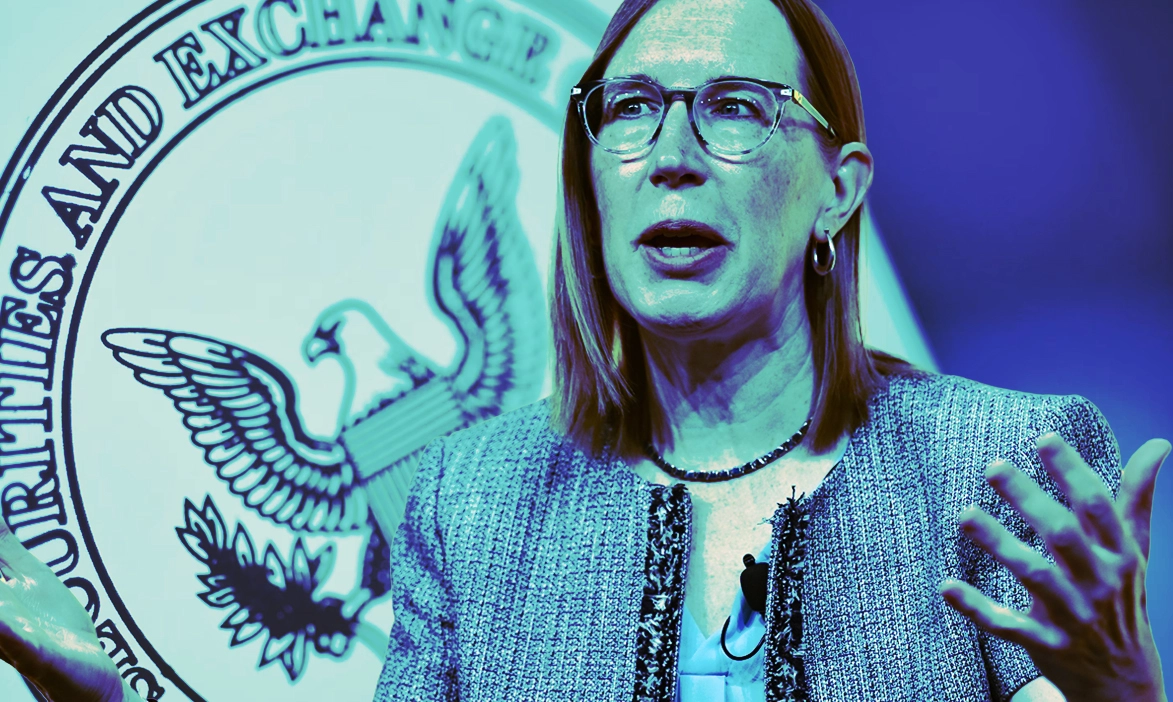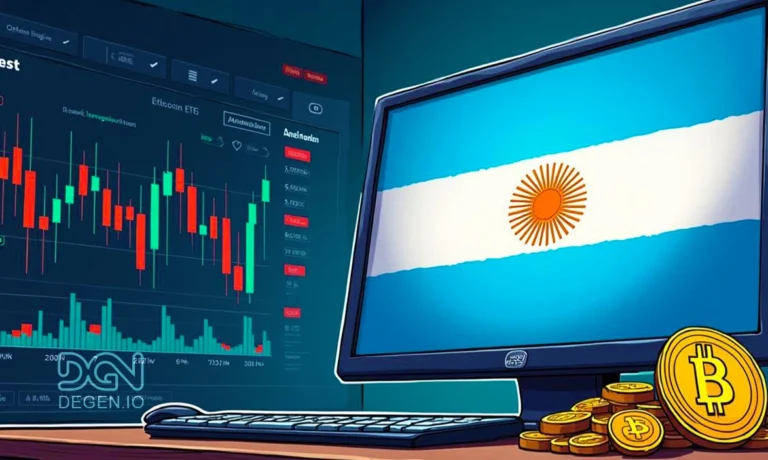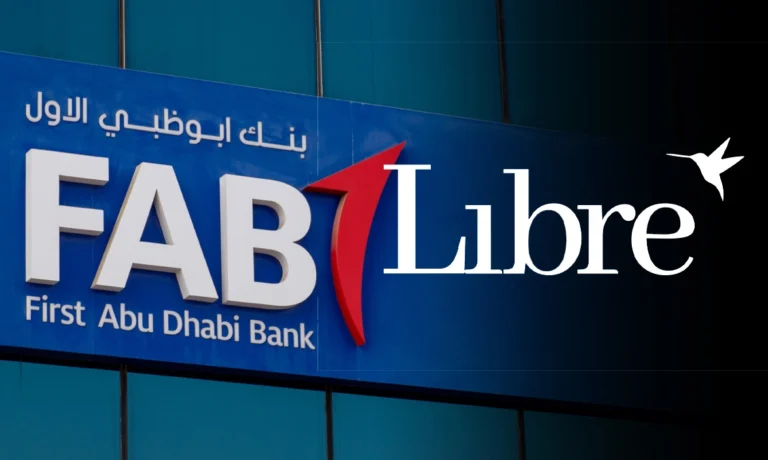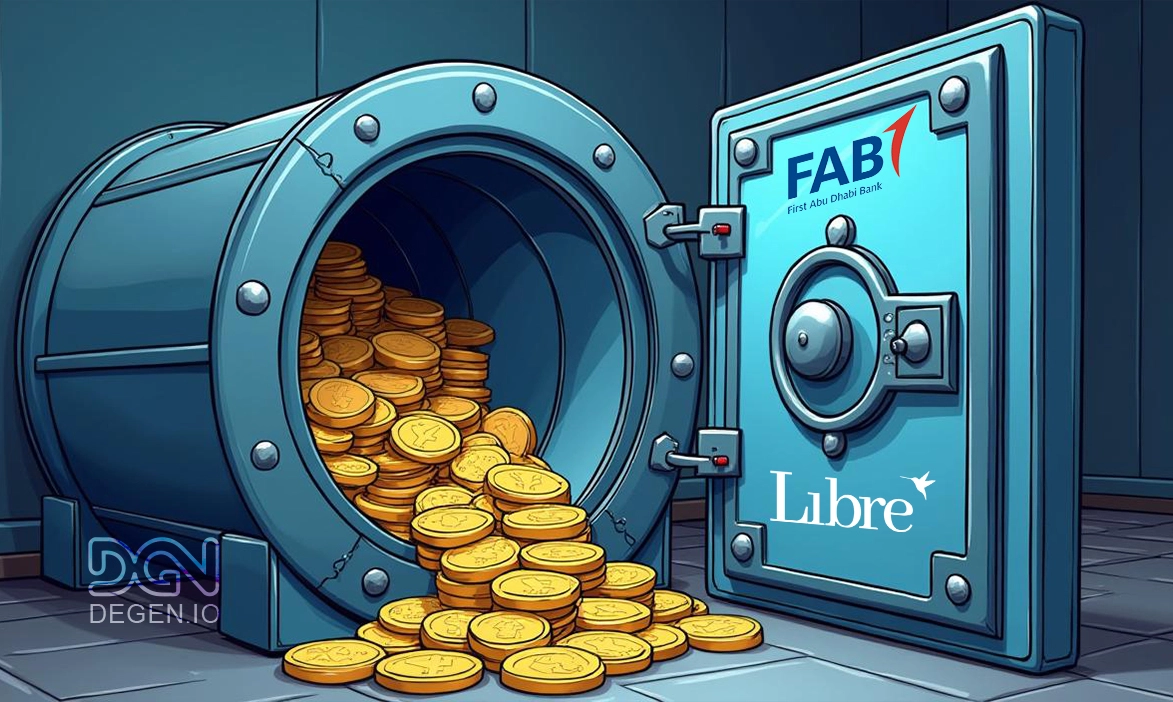The infamous $45 billion Terra-LUNA collapse of 2022 is stepping off the blockchain and onto the big screen in Crypto Man, a South Korean indie film set to premiere in January 2025. Directed by Cannes-acclaimed filmmaker Harry Hyun, the movie delves into the dramatic rise and fall of a self-proclaimed business genius, shedding light on the cultural and psychological underpinnings of financial speculation.
The Real-Life Inspiration Behind Crypto Man

Terraform Labs founder Do Kwon became a household name for all the wrong reasons after the May 2022 collapse of his TerraUSD (UST) stablecoin and LUNA token. The implosion wiped out $45 billion in market value, triggering a cascade of bankruptcies across the crypto industry and leaving thousands of investors in financial ruin.
After a prolonged legal saga, Kwon was arrested in Montenegro in 2023 and is now facing extradition to South Korea. His story has drawn comparisons to other infamous financial figures, including Jordan Belfort of The Wolf of Wall Streetfame.
A Gripping Narrative of Addiction and Choice
Harry Hyun describes Crypto Man as a story of “young people who are addicted to stocks during the day and coin speculation at night.” The film captures the euphoria and despair of financial speculation, presenting a fictionalized version of Kwon’s life.
The protagonist, portrayed by the late Song Jae-rim, creates an altcoin called MOMMY, mirroring Kwon’s real-life innovations. The character’s journey is marked by ambition, hubris, and an “irreversible choice” that drives the movie’s climax.
Hyun, known for her critically acclaimed Nine Times Fired, integrates elements of black comedy to provide a satirical yet poignant look at the crypto world. “This is not just a financial story; it’s a human story about greed, responsibility, and consequences,” Hyun told the Korean newspaper JTBC.
The Tragic Loss of Song Jae-rim
The film also carries an emotional weight due to the untimely death of its lead actor, Song Jae-rim, in November 2024. His portrayal of the protagonist has been described as hauntingly authentic, adding depth to the narrative. Song’s passing, suspected to be a suicide, has brought further attention to the movie, sparking discussions about the pressures faced by individuals in the spotlight.
A Cultural Commentary on Financial Speculation
South Korea has been at the forefront of cryptocurrency adoption, with a vibrant but volatile market culture. Hyun’s decision to focus on financial addiction reflects broader societal issues, as young Koreans increasingly turn to speculative investments to escape economic pressures.
“This film is as much about crypto as it is about the people chasing dreams of wealth and freedom in a high-stakes game,” Hyun stated.
Legal and Ethical Considerations
Given the ongoing legal proceedings involving Terraform Labs and Do Kwon, the production team consulted legal experts to ensure the film adheres to existing laws. Hyun emphasized that the movie is only loosely based on real events and does not seek to incriminate individuals beyond what is already public knowledge.
This cautious approach contrasts with the slew of other crypto-themed films in development, such as adaptations of the FTX collapse.
Crypto’s Growing Role in Pop Culture
Crypto Man is part of a broader trend where crypto industry scandals are becoming fodder for film and television. Following the high-profile collapse of FTX in 2022, Hollywood has rushed to produce documentaries and scripted series, with Lena Dunham and Apple-A24 among those leading the charge.
The appeal lies in the inherently dramatic elements of these stories: astronomical rises, devastating falls, and the human ambition that drives both.
Release and Expectations
Distributed by MooAm Productions, Crypto Man will premiere in South Korean theaters on January 15, 2025. While there is no word yet on a global release, the film has already generated significant buzz, especially among crypto enthusiasts and cinephiles.
Critics anticipate that Hyun’s blend of sharp satire and emotional depth will make Crypto Man a standout in the emerging genre of crypto cinema.
The Legacy of Terra and Do Kwon
While Terraform Labs continues to face lawsuits and bankruptcy proceedings, the story of its collapse serves as a cautionary tale about the risks of unchecked ambition in the volatile crypto world.
For many, Crypto Man is not just entertainment—it’s a reflection of a turbulent era in digital finance, offering insights into the human side of one of the industry’s most infamous chapters.
As the crypto market evolves, its stories—like that of Do Kwon—are likely to remain a compelling part of our cultural landscape.


